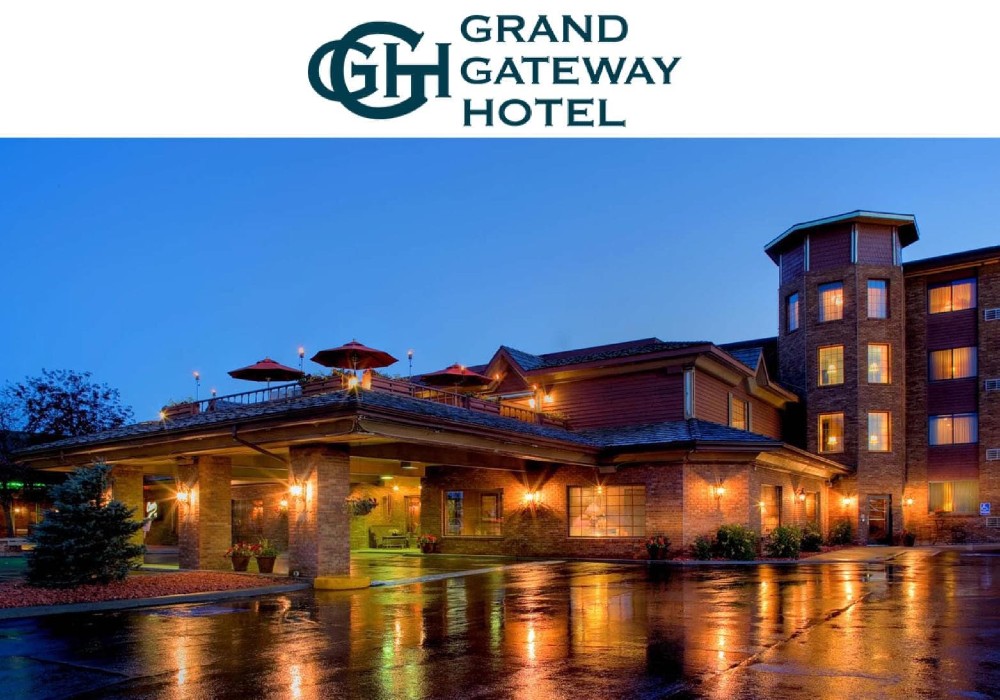
- Details
- By Darren Thompson
On March 20, Grand Gateway Hotel co-owner Connie Uhre commented on a post made by Rapid City Mayor Steve Allender’s Facebook that Native Americans would no longer be allowed on the property, including “Cheers,” a popular bar attached to the hotel. Uhre’s comment came after a late night shooting at the hotel that resulted in a young Lakota man being taken to the intensive care unit at the local hospital. In response, Standing Rock Sioux Tribal Chairwoman Janet Alkire has sent a letter to U.S. Attorney General Merrick Garland, noting the ban is a violation of the 14th Amendment of the Constitution and the 1964 Civil Rights Act
“In Heart of Atlanta Motel, Inc. v. United States, 379 U.S. 241 (1964), the Supreme Court held that Title II of the Civil Rights Act of 1964 is a valid exercise of Congress' power, and Title II prohibits racial discrimination in public accommodations,” Alkire wrote to Garland. “The Department of Justice has the responsibility to enforce the Civil Rights Act prohibition against denial of access to public accommodations based upon race.”
When Uhre’s comment to ban all Native Americans from the hotel property was brought to light, leaders within the Lakota Nation were transparent and committed to presenting a united and organized response. Cheyenne River Sioux Tribal Chairman Harold Frazier issued a press release on March 21, saying that since settlers arrived Lakota people have been treated as a problem.
On Saturday, a protest was organized largely by Tribal leadership with attendance in the hundreds. Collectively, the Lakota people delivered a “Notice of Trespass (Cease and Desist)” at the Grand Gateway Hotel, citing the Fort Laramie 1868 Treaty.
Prior to the incident in Rapid City, the Standing Rock Sioux Tribe met with other Lakota tribes to participate and contribute to the conversation involving the U.S. Army Corps of Engineers (USACOE) that has oversight on permitting the operation of the Dakota Access oil pipeline on Indian treaty territory.
Standing Rock Sioux Tribe’s External Affairs Director Kerry Libby recalls the collective presence of other Lakota Sioux Tribes that are also known as the Great Sioux Nation at the recent meeting with the USACOE.
“I think it’s important on these big issues that we work with surrounding tribes as the Great Sioux Nation, not just Standing Rock, but all of them,” said Standing Rock Sioux Tribe’s External Affairs Director Kerry Libby to Native News Online.
Libby said several Tribal chairmen voiced that they all liked the opportunity to work together as a collective tribe and agreed that collective work should continue.
Tomorrow, all leaders of the Great Plains Tribal Chairmen’s Association plan to privately meet in Pierre, South Dakota, to discuss next steps of the civil violations. “How do we stop racial discrimination from happening?” said Libby of the upcoming meeting’s focus.
More Stories Like This
Native News Weekly (August 25, 2024): D.C. BriefsUS Presidents in Their Own Words Concerning American Indians
Indigenous Actor Elaine Miles Reports Detention by Alleged ICE Agents
Happy Thanksgiving from Native News Online
Coming Up on Native Bidaské: Behind the Animation: Joey Clift Talks “Pow” and Native Storytelling
Help us tell the stories that could save Native languages and food traditions
At a critical moment for Indian Country, Native News Online is embarking on our most ambitious reporting project yet: "Cultivating Culture," a three-year investigation into two forces shaping Native community survival—food sovereignty and language revitalization.
The devastating impact of COVID-19 accelerated the loss of Native elders and with them, irreplaceable cultural knowledge. Yet across tribal communities, innovative leaders are fighting back, reclaiming traditional food systems and breathing new life into Native languages. These aren't just cultural preservation efforts—they're powerful pathways to community health, healing, and resilience.
Our dedicated reporting team will spend three years documenting these stories through on-the-ground reporting in 18 tribal communities, producing over 200 in-depth stories, 18 podcast episodes, and multimedia content that amplifies Indigenous voices. We'll show policymakers, funders, and allies how cultural restoration directly impacts physical and mental wellness while celebrating successful models of sovereignty and self-determination.
This isn't corporate media parachuting into Indian Country for a quick story. This is sustained, relationship-based journalism by Native reporters who understand these communities. It's "Warrior Journalism"—fearless reporting that serves the 5.5 million readers who depend on us for news that mainstream media often ignores.
We need your help right now. While we've secured partial funding, we're still $450,000 short of our three-year budget. Our immediate goal is $25,000 this month to keep this critical work moving forward—funding reporter salaries, travel to remote communities, photography, and the deep reporting these stories deserve.
Every dollar directly supports Indigenous journalists telling Indigenous stories. Whether it's $5 or $50, your contribution ensures these vital narratives of resilience, innovation, and hope don't disappear into silence.
 The stakes couldn't be higher. Native languages are being lost at an alarming rate. Food insecurity plagues many tribal communities. But solutions are emerging, and these stories need to be told.
The stakes couldn't be higher. Native languages are being lost at an alarming rate. Food insecurity plagues many tribal communities. But solutions are emerging, and these stories need to be told.
Support independent Native journalism. Fund the stories that matter.
Levi Rickert (Potawatomi), Editor & Publisher
